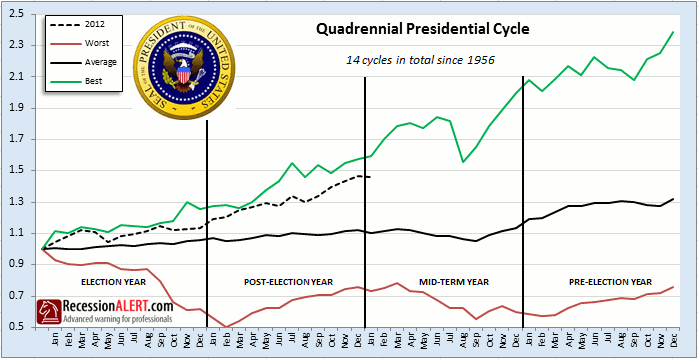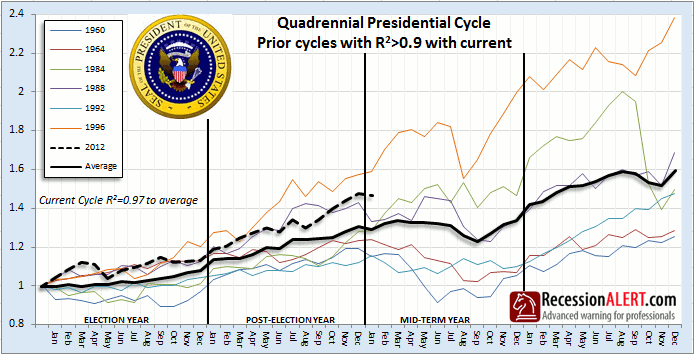Federal Reserve officials stuck to their plan to reduce the central bank’s bond buying program to $65 billion per month.
Here are five takes on what it means:
VALIDATION OF THE TAPERING PLAN:Ben Bernanke suggested in December that the Federal Reserve would continue reducing the central bank’s monthly bond-buying in $10 billion increments at upcoming meetings, but he didn’t state it directly. He said the Fed would take “further modest steps” to reduce QE in the “general range” of $10 billion. Wednesday’s decision to pull back the bond-buying program to $65 billion per month is a validation of the Fed’s strategy.
MEASURING THE FED’S BAR FOR ALTERING COURSE: The Fed conveyed information today about its threshold for changing course on the bond-buying program. In the last few weeks, a soft jobs report and turbulence in emerging markets have raised investor concerns about the economic outlook and about the outlook for Fed policy. Some investors wondered whether the Fed might keep the bond-buying program at $75 billion per month because of these new worries. By deciding to proceed with a $10 billion reduction in the bond-buying program, the Fed has demonstrated its threshold for inaction. We now know that it will take something worse than a weak jobs report and declining currencies in places like Turkey, Russia and South Africa to convince Fed officials that they should keep the bond-buying program going longer than planned.
GOOD-BYE MR. BERNANKE AND THANKS FOR THE MEMORIES: The Fed chairman got a going away gift from his colleagues … his first unanimous vote on a policy decision since June 2011. Officials voted 10-0 in favor of reducing the bond-buying program again. Mr. Bernanke spent much of his time at the Fed building consensus among officials for controversial new policies. All that work finally paid off just as he gets ready to walk out the door. There’s actually important information in this vote. The Fed appears quite comfortable with the course it set out for unwinding its bond-buying program. This, too, suggests the bar to changing the plan is high.
FIVE DEGREES OF COMMUNICATION: The Fed has five different indicators in its policy statement of when it might start raising interest rates: 1) After the jobless rate gets below 6.5%; 2) If inflation looks like it might breach 2.5%; 3) Not until a “considerable time” after the bond buying program is over; 4) “Well past” the time when the jobless rate reaches the 6.5% threshold; 5) Depending on “other information” about the labor market and inflation. Officials didn’t change any of that “forward guidance” about rates, though they might decide to change it at upcoming meetings, particularly if the jobless rate, at 6.7% in December, keeps falling. Investors believe liftoff is in mid- to late-2015.
A MIXED ASSESSMENT OF THE ECONOMY: Fed officials nodded to the December jobs report, which showed job growth slowed at the end of 2013, but indicated it didn’t change their overall assessment of how the economy is performing. “Labor market indicators were mixed but on balance showed further improvement,” the Fed said in its assessment of how the economy performed since officials last met in December. Put another way, officials aren’t too worried about a slowdown in payroll growth in December, but if it persists their view might change.





































